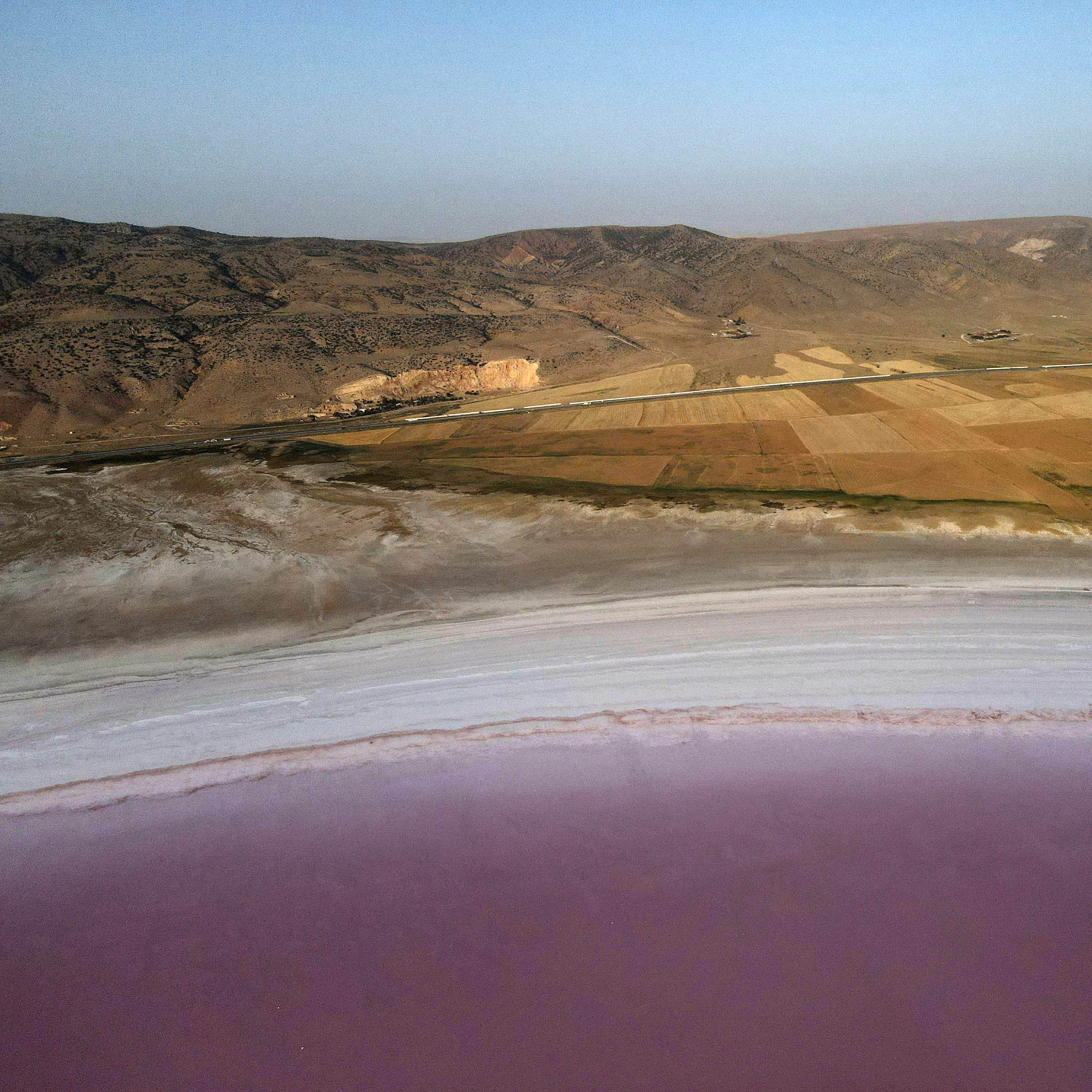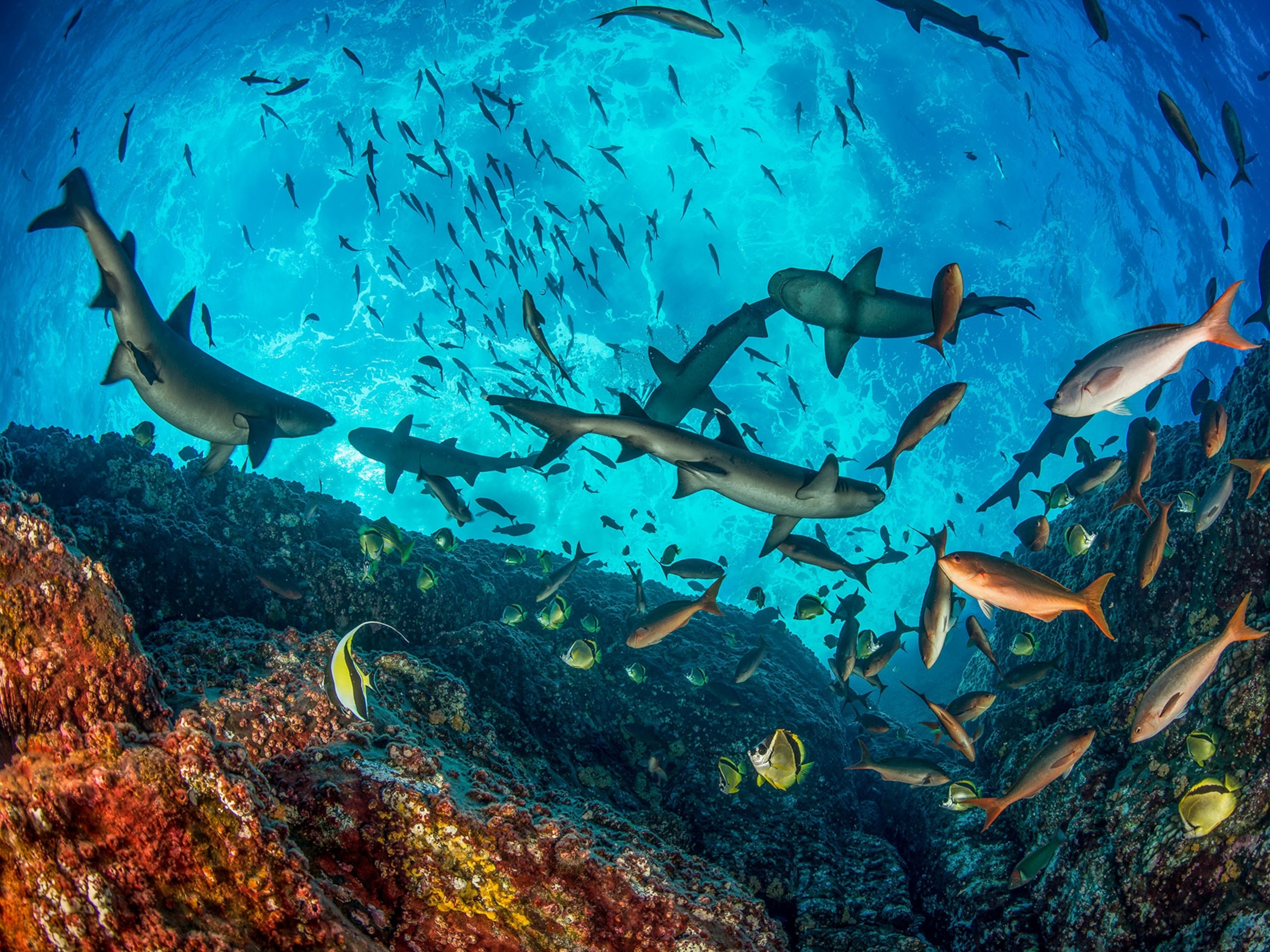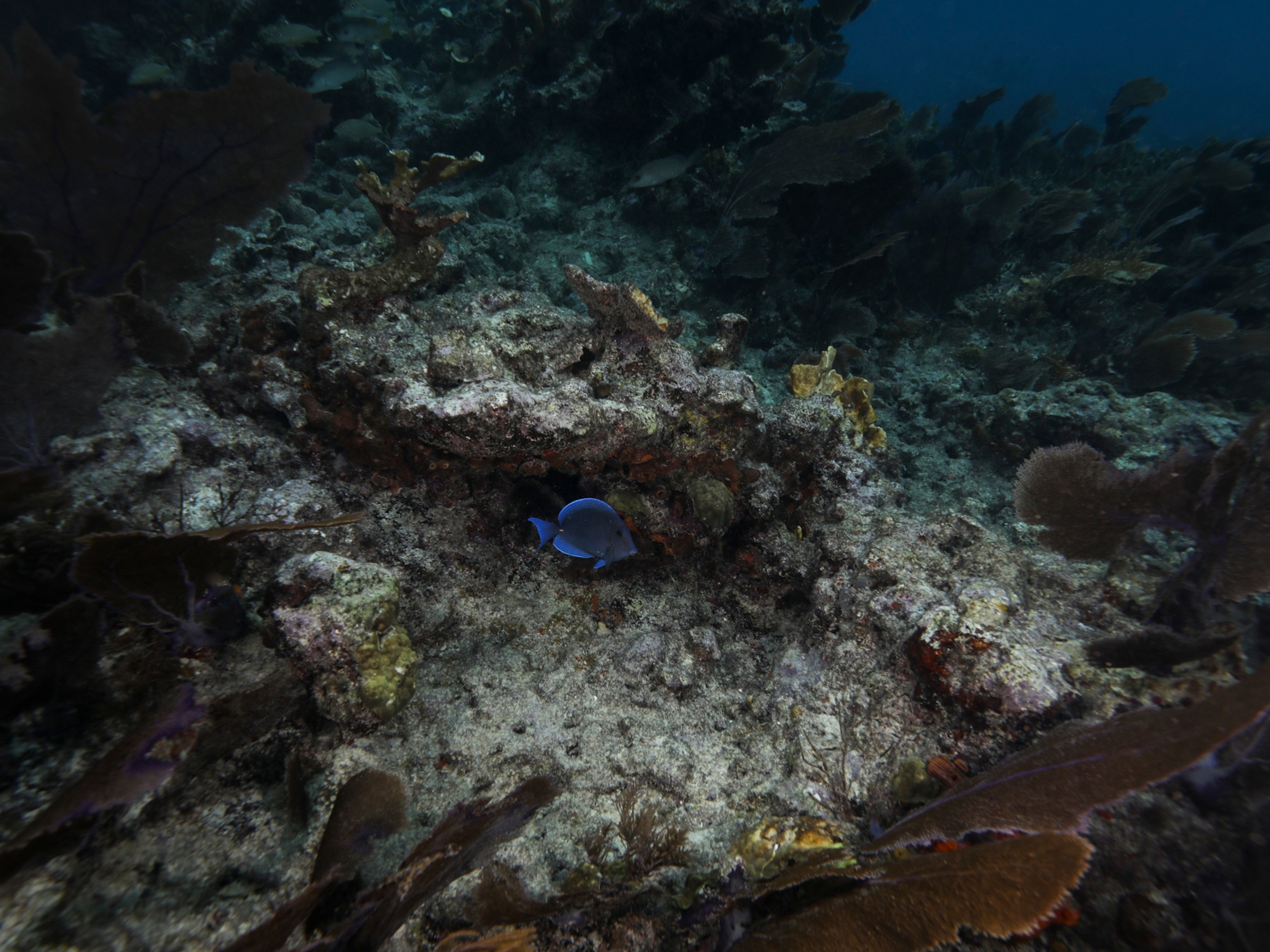Five ways big brands can source materials more sustainably
Global brands have a responsibility and an opportunity to help solve some of the world’s most pressing social and environmental challenges: examining the hidden depths of their international supply chains to make sure they are as sustainable as possible.
The world is facing serious social and environmental challenges. Ten percent of people live in extreme poverty, while human activity is accelerating climate change and impacting biodiversity. But around the world, individuals, organizations, and governments are rising to these challenges and working toward a more positive―and sustainable―future. For global brands whose actions have far-reaching social, economic, and environmental impacts, sustainability means looking after people as well as the planet. Consumers increasingly make purchases with an ethical and environmental eye, preferring products that can confidently show their credentials throughout their supply chain. Here are five ways big brands can source materials more sustainably…
Tackle climate change
The latest reports indicate that climate change is worse than we feared: 40 percent of the global population is “highly vulnerable” to droughts, floods, storms, and rising sea levels that will disproportionately affect developing countries. Cutting carbon emissions is an urgent priority, and global brands can play a valuable role by sourcing raw materials more sustainably. By using their significant influence, global brands can help suppliers from smallholders to major mining operations adopt practices that reduce their greenhouse gas emissions. By eliminating deforestation from the supply chain, whether illegal logging or land clearance for agriculture, forests can be preserved as crucial carbon sinks. Moving up the supply chain, the mills and factories where raw materials are processed can be encouraged to work toward carbon neutrality by cutting consumption and using renewable energy. As well as working with its suppliers, global brand Garnier is minimizing its immediate carbon footprint, designing products for more efficient transportation, and making all of its industrial sites carbon neutral by 2025.
Preserve biodiversity
Beyond climate change, the way raw materials are gathered has a huge impact on the environment: since humans began mining, felling trees, and farming, global biodiversity has fallen to just under 85 percent of what it once was―88 percent when new species are included. Deforestation is particularly noticeable, with an area about the size of a soccer field of rainforest cleared every minute. Responsible global brands use third-party verification, such as the Forest Stewardship Council and Rainforest Alliance, to ensure that their ingredients have not been extracted at the expense of the world’s wildlife. There is also growing concern over declining soil health caused by poor farming practices, often exacerbated by pollution from pesticides and fertilizers: by 2050 around 90 percent of the Earth’s soils could be degraded. Some global brands incentivize suppliers to grow ingredients in harmony with nature using regenerative farming practices that preserve and restore the soil. Garnier sources its avocados from suppliers that grow their crop organically and don’t use pesticides or herbicides, using agroforestry techniques that support soil health and reduce the need for irrigation instead.
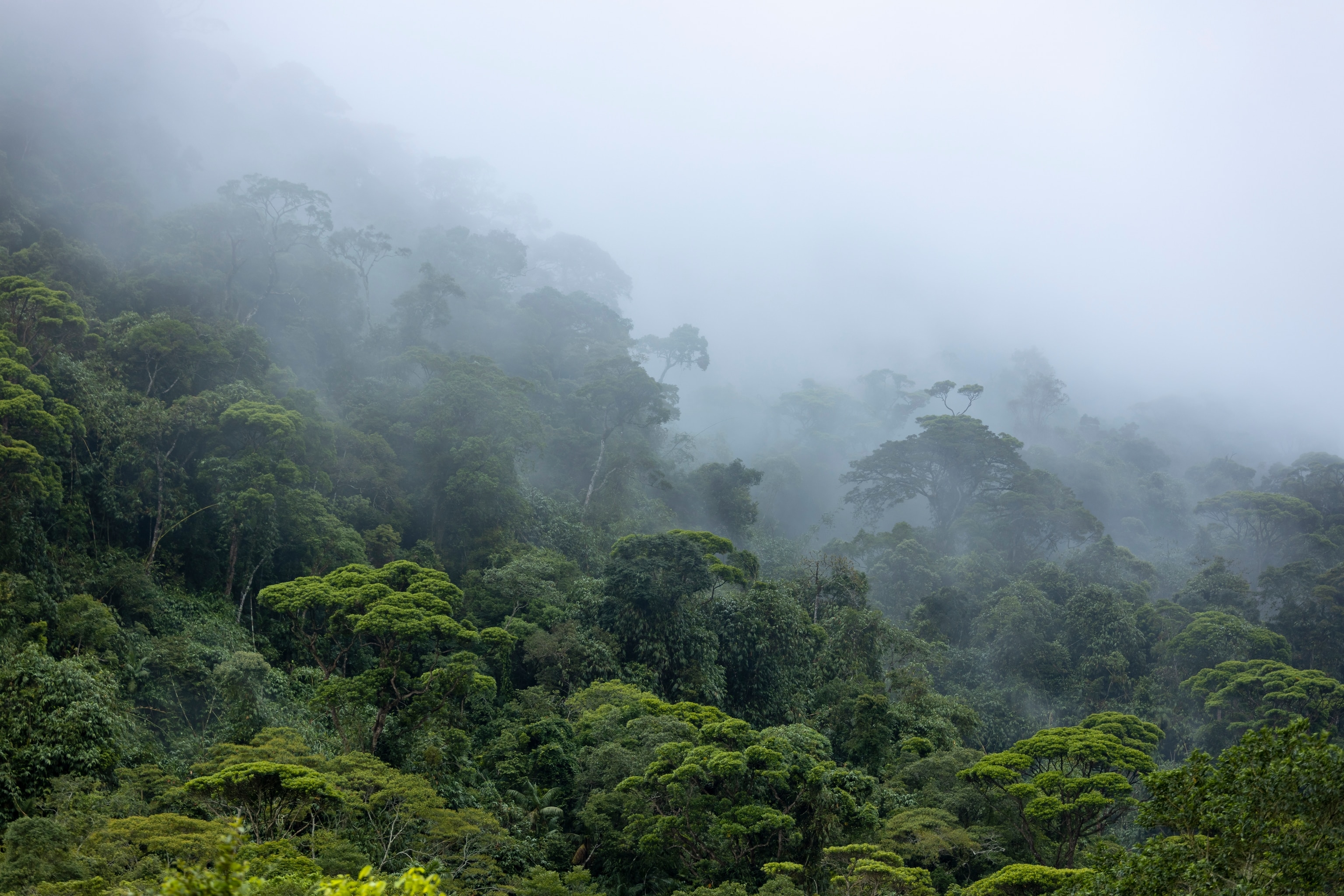
Economic empowerment
Ending poverty in all its forms is a leading Sustainable Development Goal laid down by the United Nations, and essential to its success is that employees be paid fairly. Many supply chain workers earn less than a living wage, but when brands actively ensure that their suppliers pay a living wage, one that realistically reflects the cost of living, they are empowering individuals and communities to work their way out of poverty. For many people this means more than having enough to eat, it could enable them to keep their children in school and might even allow them to pay for college fees or apprenticeships, which ultimately help families break out of the cycle of poverty. In Tanzania, around 3,000 farmers supply Garnier’s avocado oil under a Fair for Life certification; this includes a long-term commitment from Garnier to purchase specified volumes of avocado oil―at a fair price and paid in advance―to help these smallholders plan their finances and pay for education and health care.
Good working conditions
Since the industrial revolution, concerns about working conditions have been translated into numerous laws and best practices. But around the world, regulations regarding everything from unsafe conditions to excessive hours are being flouted: work-related accidents and illnesses cause more than 6,000 deaths every day. Even responsible brands struggle to identify problems buried deep within their supply chains and are stymied by widely varying regulatory standards and cultural norms. However, many brands are rising to the challenge by actively mapping their supply chains to know where to look for potential problems, using improved methods of inspection that include talking directly to the workers themselves, and setting aside concerns about competitive advantage to join cross-industry collaborations to raise standards for everyone’s benefit. For Garnier, the commitment to good working conditions goes beyond the manufacturing of their products to include the ways their packaging is recycled, partnering with Plastics for Change, the world’s largest source of fair-trade verified recycled plastic that supports education, health care, and empowerment for waste collectors in India.
More inclusion, no exploitation
Exploitation can take many forms, from discriminating against women to modern slavery to child labor—160 million children between the ages of five and 17 are believed to be child laborers, and nearly half of these children work in hazardous conditions. But detecting exploitation in the supply chain can be hard, and even where strong regulations exist, they can be difficult to enforce. That doesn’t stop responsible brands from trying, though. The first step is to assume that exploitation is happening, and then put vigorous mechanisms in place to find it and stop it. A transparent supply chain requires independent third-party certification from suppliers, investing in regular checks of farms and factories, and establishing specialist teams to help suppliers resolve exploitation issues.
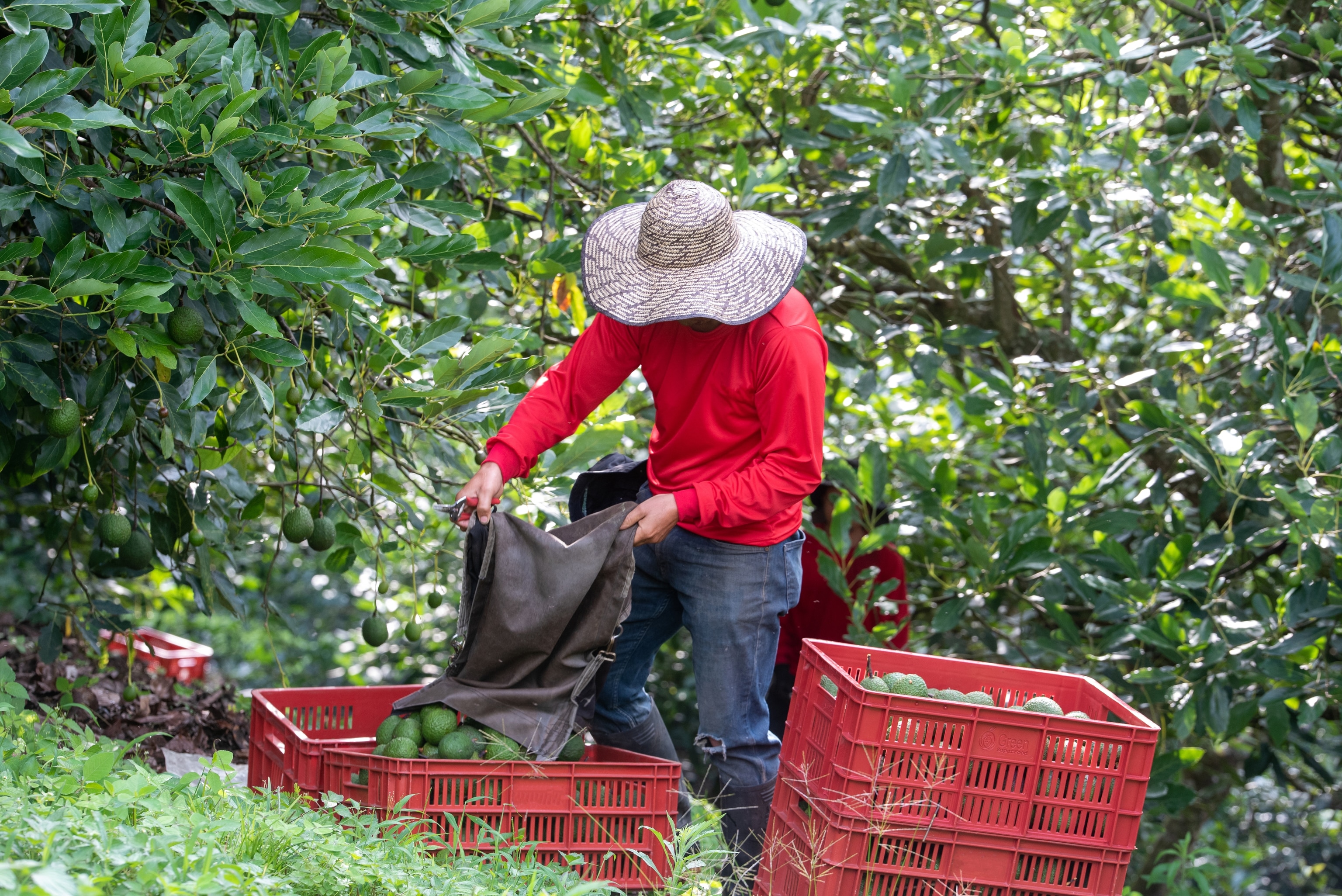
With women making up the majority of workers in many supply chains, some brands actively promote inclusivity to empower them within their society. In Morocco, Garnier sources its argan oil from a network of co-operatives that provide fair wages and good working conditions to more than 500 ethnically marginalized Berber women, empowering them to achieve economic and social independence.
For global brands, the key to sustainable sourcing is knowing where every component comes from and what processes they undergo before reaching the factory; for consumers the key to sustainable choice is information. In 2017, Garnier pioneered transparency by listing the origins of its ingredients on product packaging. Building on this, Garnier is now working with independent experts to introduce “product environmental and social impact labeling” that will share visible and easy-to-understand sustainability scores with consumers. Such transparency is essential to make supply chains more sustainable and for global brands to effectively play their part in building a better future.

